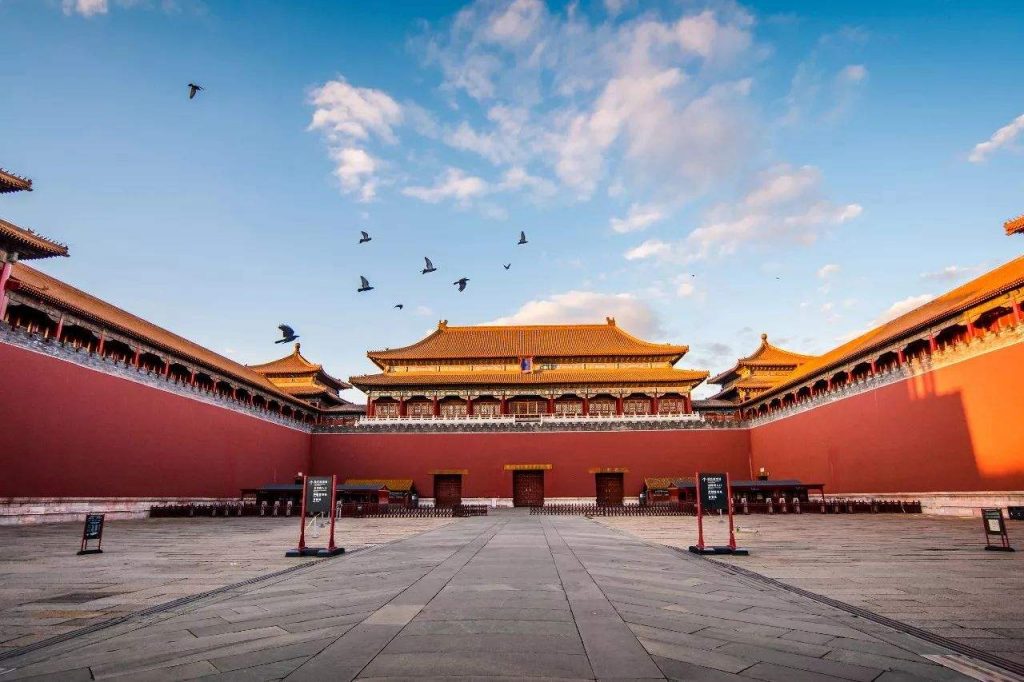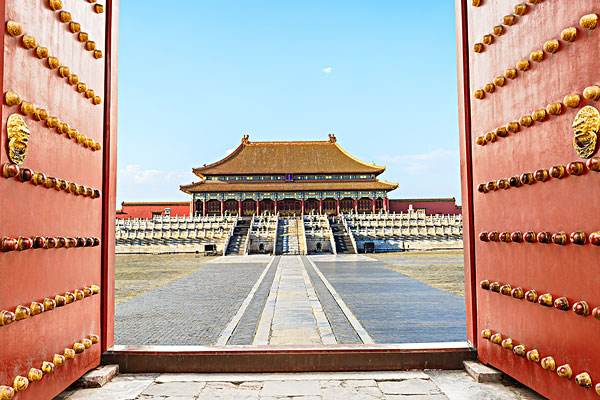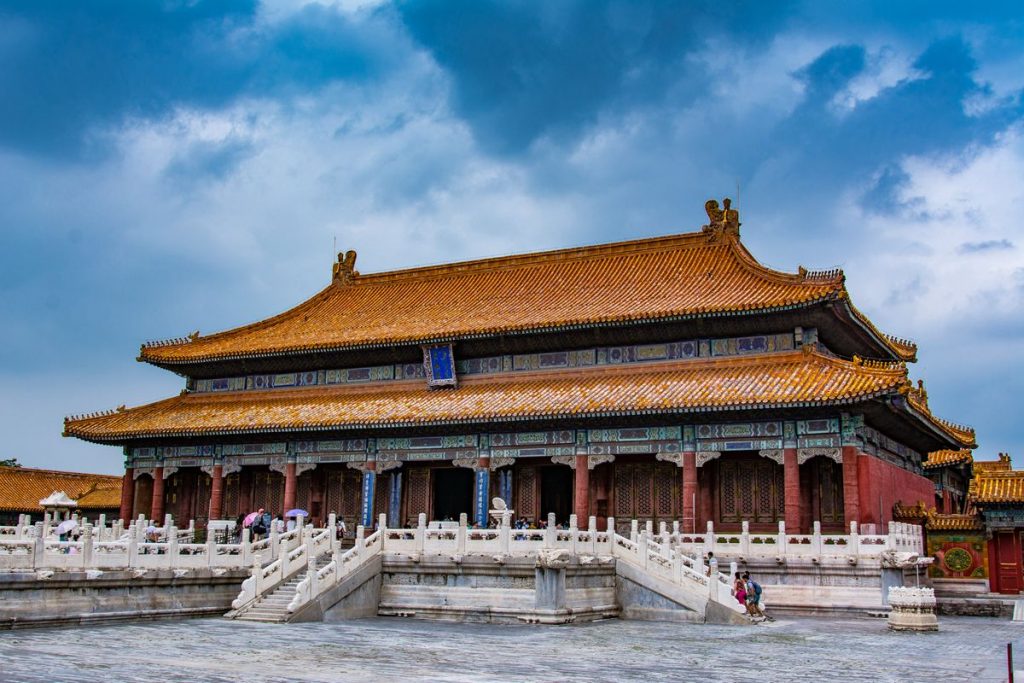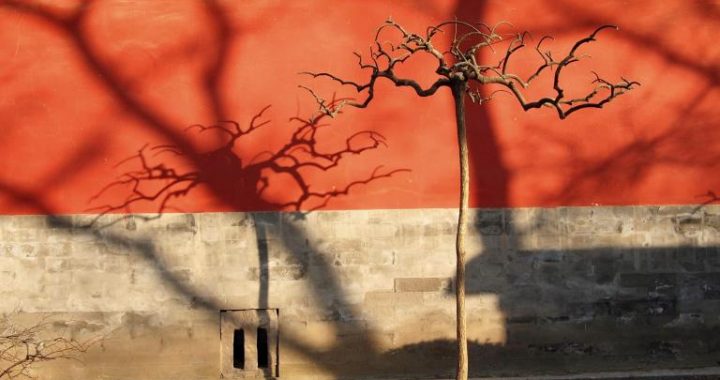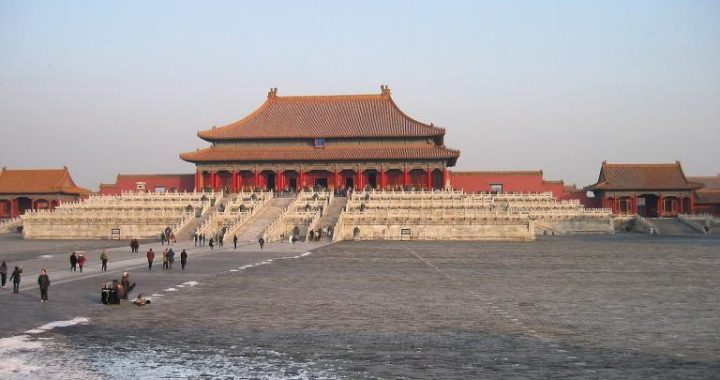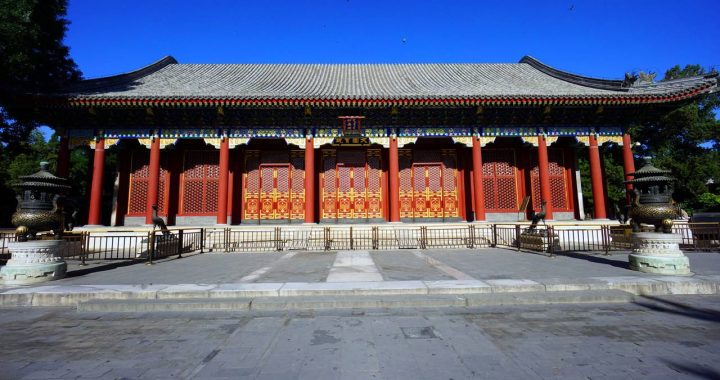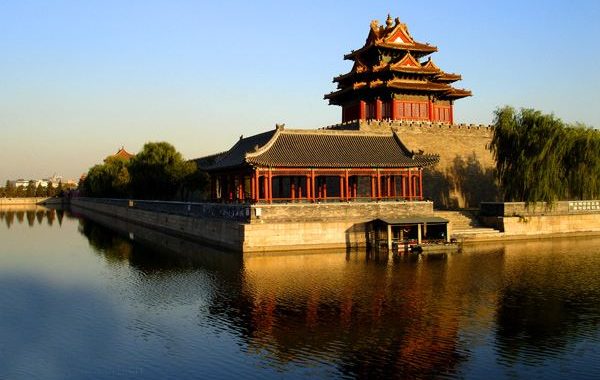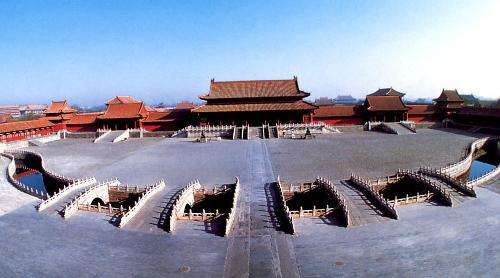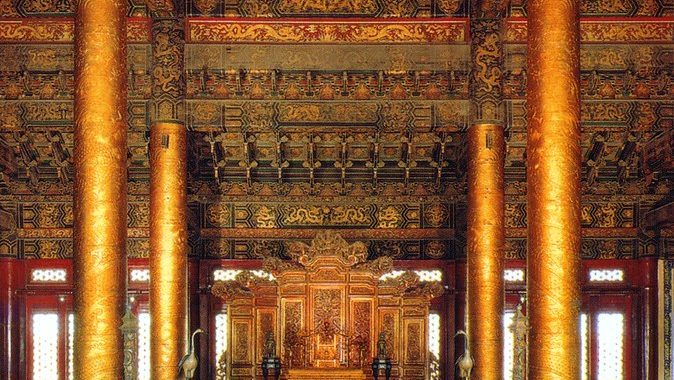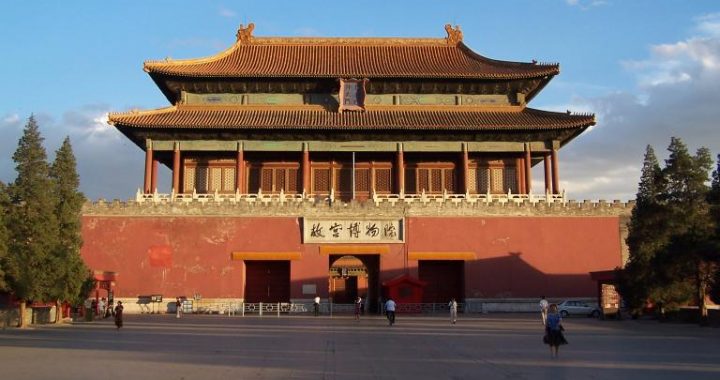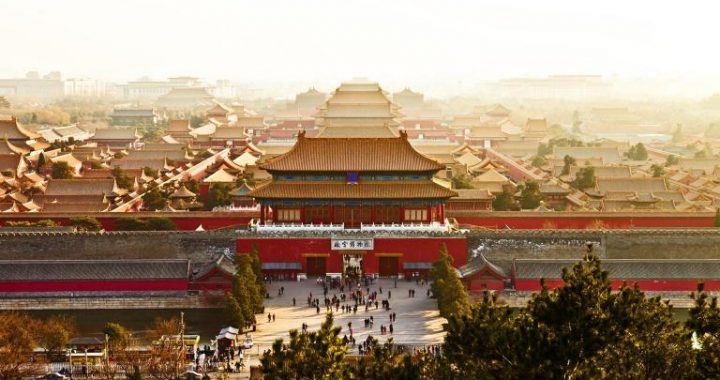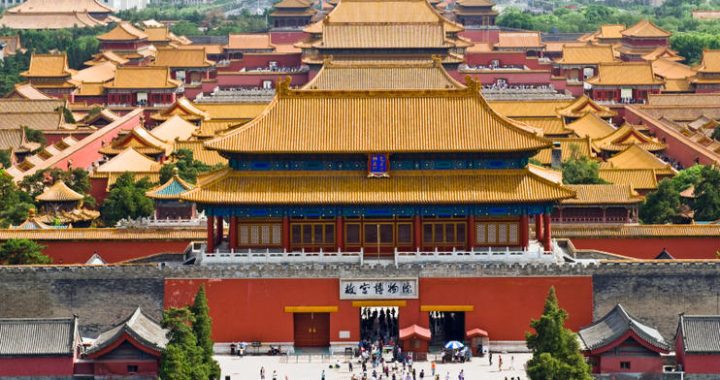FORBIDDEN CITY
3 min read
The abode of 24 Ming and Qing emperors of the Celestial Empire, the Forbidden City gugong is a fittingly awe-inspiring sight. Enclosed behind its moat and 32. 5-foot-high (9. 9-m) walls are 980 buildings vast courtyards and long corridors that occupy a tal area of 178 acres (720,000 m2). It’s alleged that as many as 1, 000, 000 workers and 100,000 artisans participated in the construction of this imperial palace, which began in 406 and was completed in 1420 during the reign of Ming dynasty emperor Yongle. Destroyed by fires and other calamities, many of the buildings were rebuilt and expanded during the Qing dynasty. The last emperor, Puyi left the Forbidden City in 1924, 11 years after his abdication and the establishment of the Republic of China. After Puyi’s departure, the Forbidden City, which had long been off-limits to most mortals, was opened to the public, hence its current Chinese name, gugong bowuyuan, meaning “The Palace Museum.
